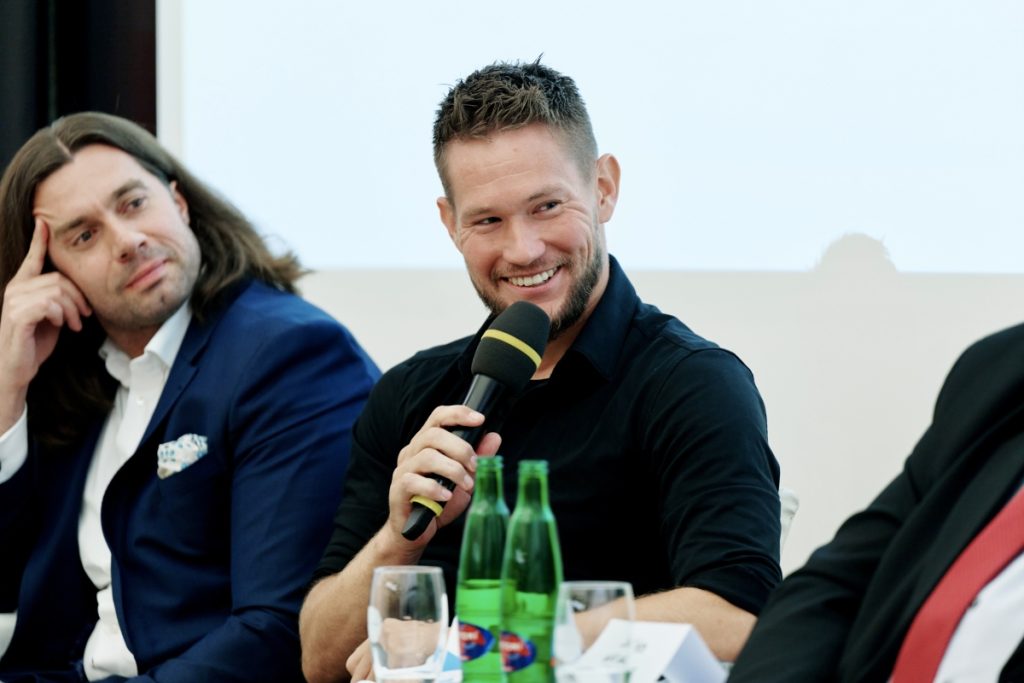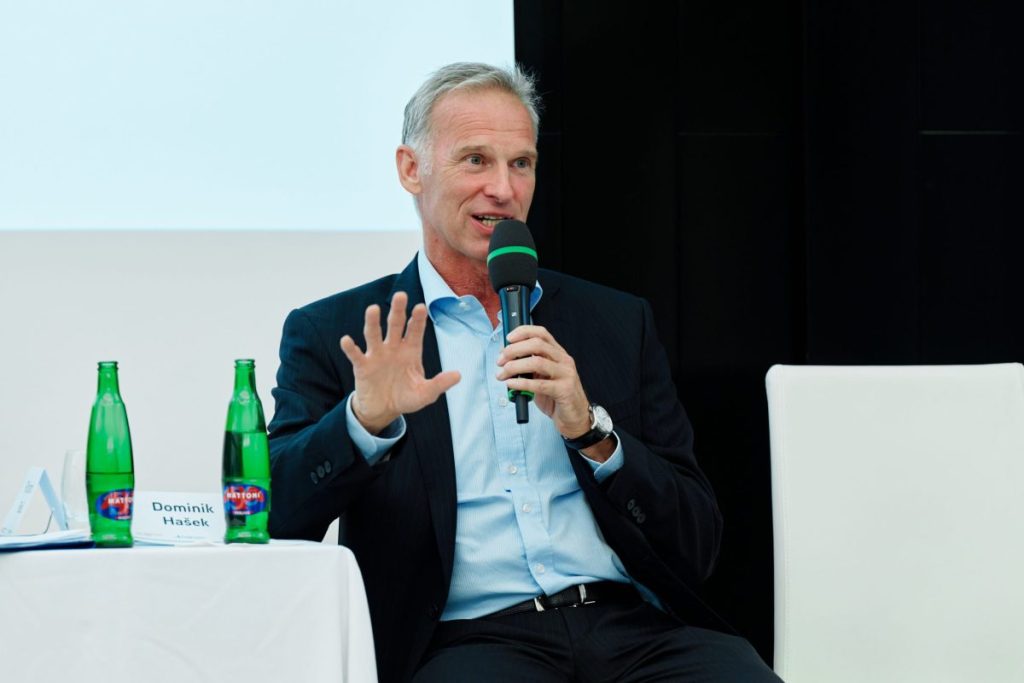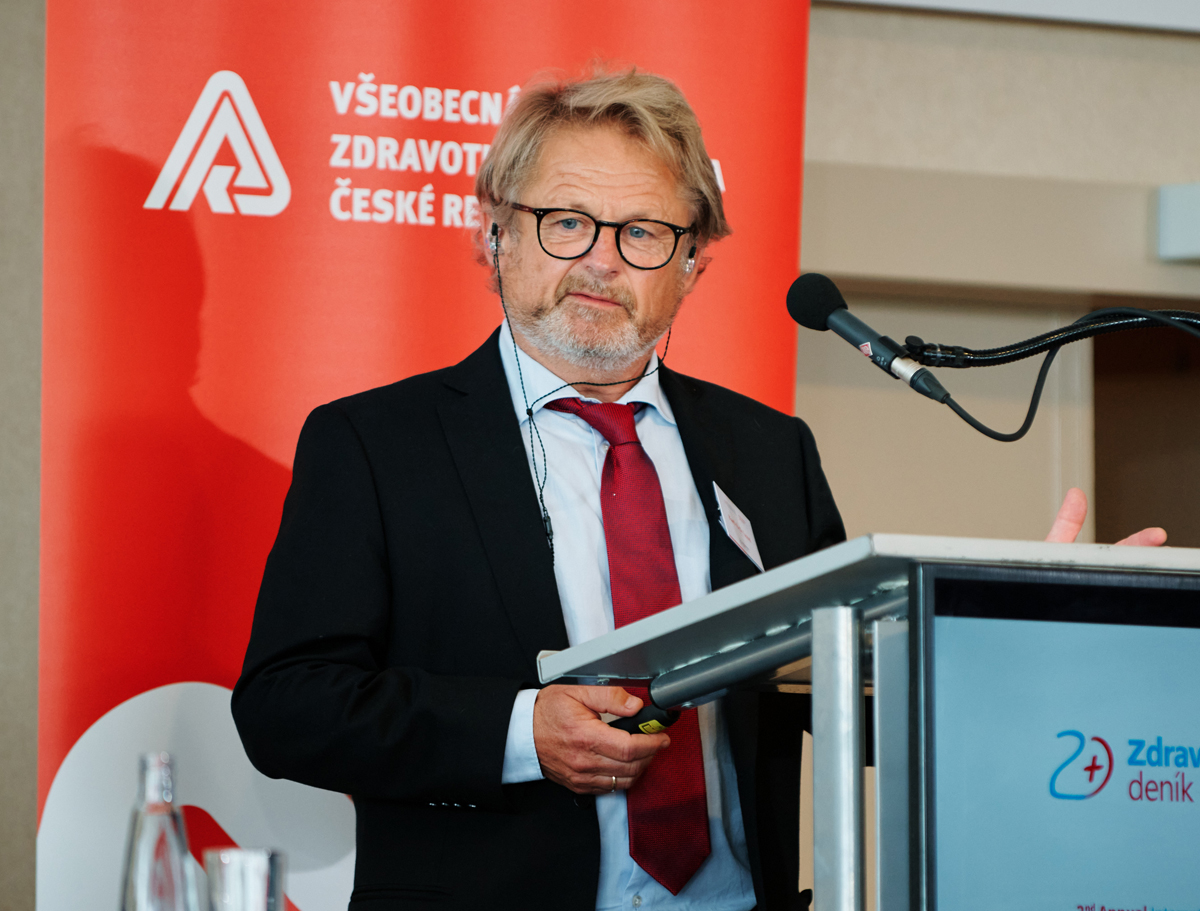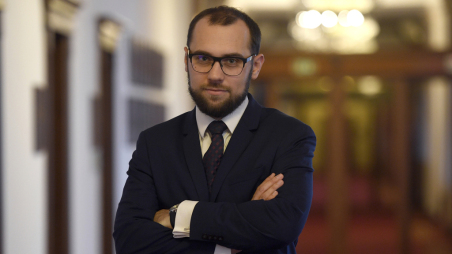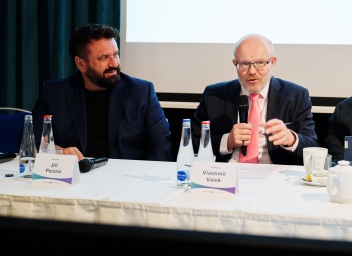There is disagreement in the public health community about the strategy to combat smoking. While so-called purists want a completely tobacco-free society, pragmatists focus on reducing the harm to health caused by smoking. Karl Erik Lund, a researcher at the Norwegian Institute of Public Health, meant to talk about this at the Healthcare Daily’s conference on the Economics of Prevention. Due to technical reasons, it was not possible to present his lecture on the scene, but Lund provided it to our media and answered additional questions, which has now made this text possible. According to him, the proponents of the pragmatic approach are not fighting against nicotine as a drug, but against diseases caused by inhaling smoke from burning tobacco.
„Over the last decade the nicotine market has been widely diversified. After 100 years of cigarette dominance, the nicotine market of today consist of a range of smokefree products,“ says the introduction to Lund’s lecture. A distinction must be made, he says, between those products where combustion occurs and those where it does not. The first group includes cigarettes, cigars and pipes. The second includes heated tobacco, electronic cigarettes, snus, nicotine patches and chewing gum. „There is no burning and therefore the medical community agree that they are far safer than cigarettes – although not completely risk-free,“ the Norwegian scientist added on the second group.
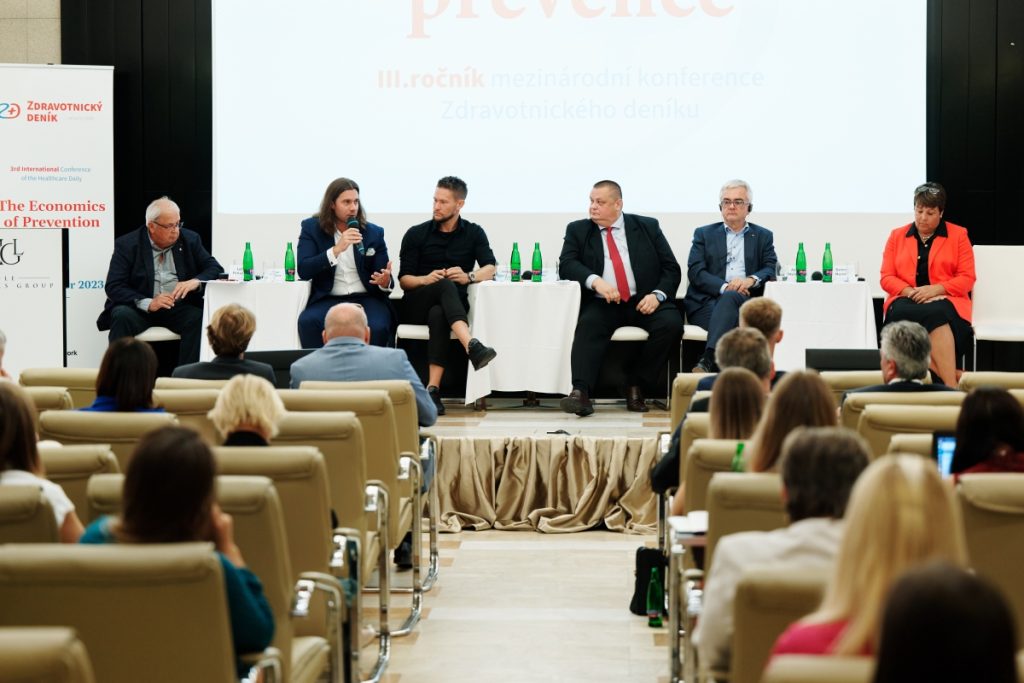
Education in a cigarette packet
Lund also presented the main pillars of risk or harm reduction in tobacco. These are ensuring the availability of alternatives to conventional cigarettes, risk-appropriate regulation (i.e. graduated excise taxation), communicating the different risks of different products (here he suggests, for example, a leaflet on the different harms that could be included in cigarette packs) and encouraging smokers to switch to less harmful alternatives.
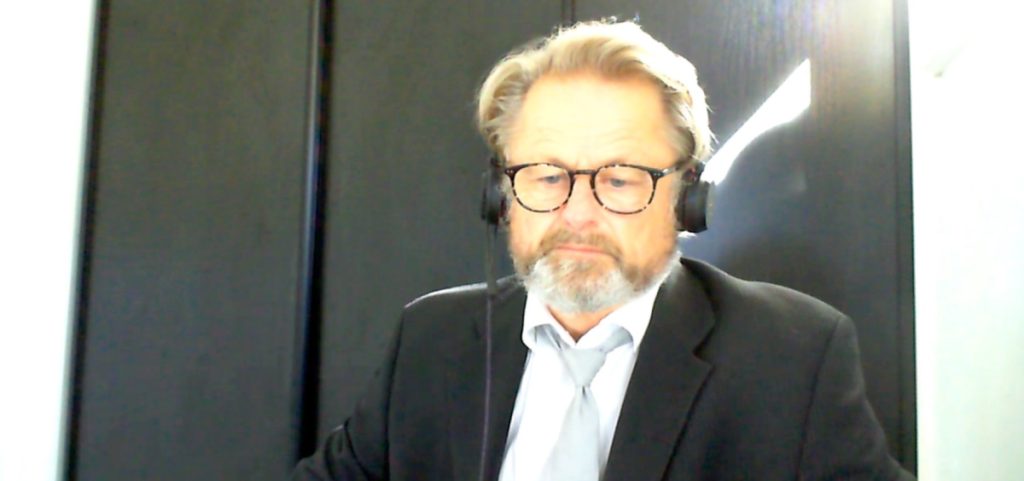
„In some countries, like the United Kingdom and New Zealand, the authorities have started to advice smokers to switch to these non-combustible products. In other countries like Norway and Sweden – smokers began to replace cigarettes with snus several decades ago – without authorities telling them to do so,“ Lund described the different approaches in different countries. However, he added that in most countries, low-risk alternatives are still heavily regulated or even banned.
In the next part of his presentation, the Norwegian scholar elaborated on the difference between purists and pragmatists of anti-tobacco politics. „The purist can accept nicotine only for therapeutic use to cure smoking, while pragmatists believe there always will be an appetite for nicotine so the best thing we can do is to find the least harmful uptake,“ he described one of the differences. Nor do they find agreement on setting tax burdens according to harmfulness, on how to communicate the different risks of nicotine products, or on attitudes towards their manufacturers. „For purists the nicotine industry is dubious and untrustworthy, while pragmatists seem to think that a wider portfolio of low-risk consumer products from the industry is vital to make smoking obsolete,“ Lund explained.
He also sees a serious difference in the fact that purists, citing the lack of studies on the long-term effects of e-cigarettes and other alternative forms, warn against marketing them. „In that case, many smokers will die unnecessarily according to the pragmatists,“ Lund warns.
Lund also pointed out that the results of high-quality clinical studies show that e-cigarettes containing nicotine are an effective aid to smoking cessation and listed the medical authorities that have approved their use in the UK: NICE (National Institute for Health and Care Excellence), which is a public institution that issues recommendations for professional practices, evaluates new drugs, etc., and professional societies that bring together doctors in general, GPs, pulmonary specialists, gynaecologists and others (British Thoracic Society, Royal College of General Practitioners, Royal College of Physicians, Royal College of Obstetrics and Gynaecology and Royal College of Midwives). „Nevertheless, less than one in four smokers have never tried vaping as an alternative to cigarettes because of myths spread by purists who have made it their task to fight nicotine instead of smoking,“ Lund sighed.
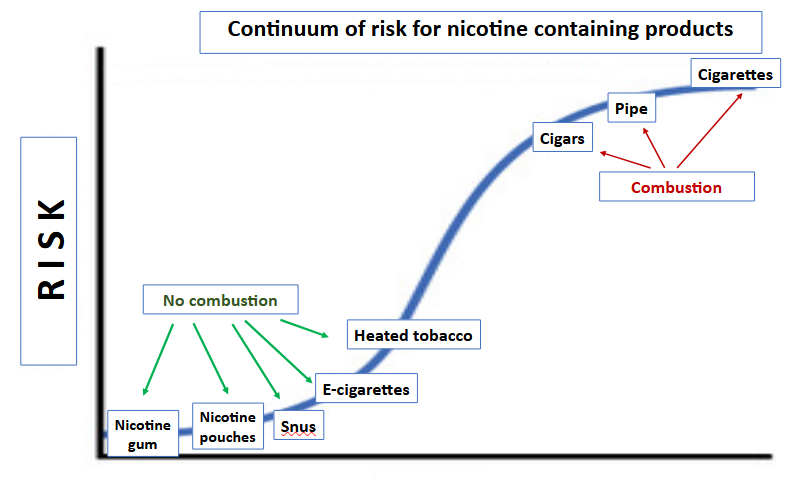
Harmful myths discourage smokers from alternatives
He did, however, offer several ways to talk to purists who reject the politics of harm reduction. „Ask them to ‚keep the eye on the prize‘ which should be to reduce smoking related death and diseases,“ he said, describing efforts to find points of contact in arguments. „Blocking low-risk, non-combustible products from the market – or putting into place harsh regulations – may perpetuate cigarette smoking,“ he said, adding that spreading myths about the exaggerated risks of alternative products also discourages smokers from trying to switch.
Lund concluded by addressing the question of whether nicotine itself has a harmful effect on the human body, particularly on mental development. Here he referred, for example, to a study by the UK’s Committee on Toxicity which, following a review of the results of so-called nicotine replacement therapy (NRT), stated that ‚there were no data available on direct effects of nicotine exposure in human adolescents‘.
Mohlo by vás zajímat
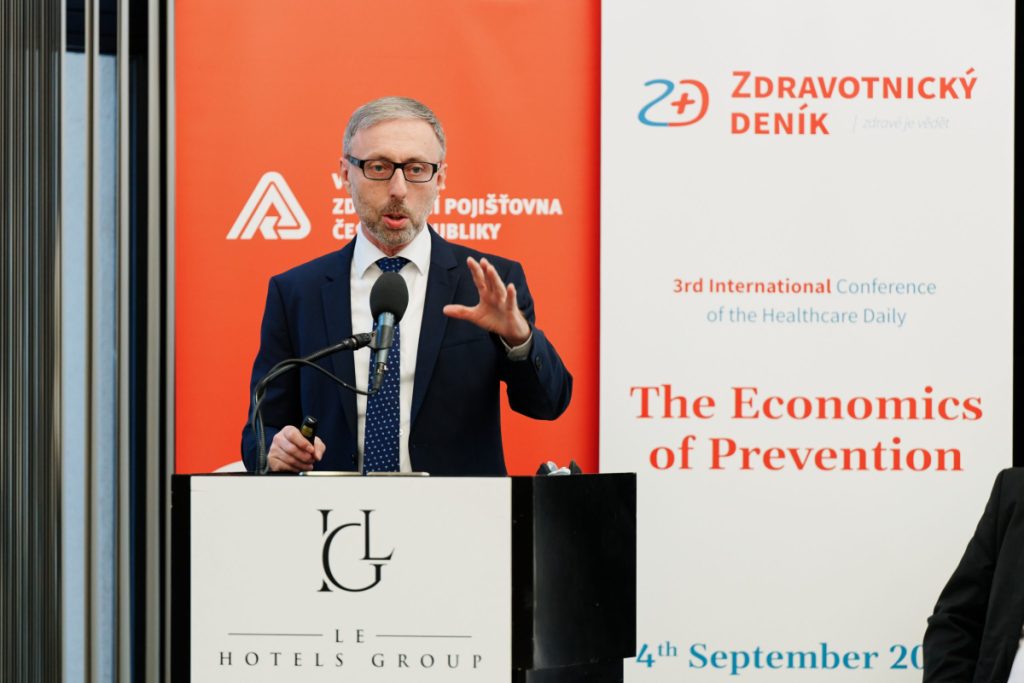
But the Norwegian expert said it was important to discourage young people from using nicotine in any form. He offers several possible ways. „Ban glamorous advertising (but allow messages of risk difference to cigarettes), rise the legal age for purchase, restrict the use of tempting descriptors on products, identify if there is a certain segment of flavors that attract youth in particular and ban these unless these flavors also attract smokers, limit the sale of recreational nicotine products to vape-shops only, make products generic and ban disposable e-cigarettes,“ Lund concluded his lecture.
Filip Krumphanzl
Photo by Radek Čepelák
We would like to thank the General Health Insurance Company, National Sports Agency, RBP, Health Insurance Company of the Ministry of Interior of the Czech Republic, Military Health Insurance Company, EUC Medical Group and Sprinx for their support of the conference.
